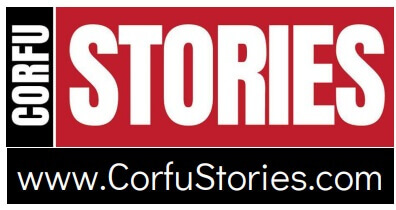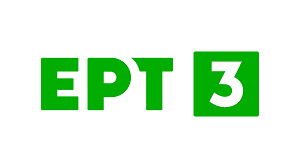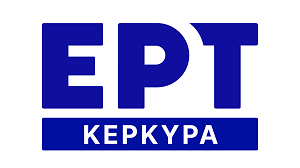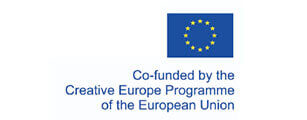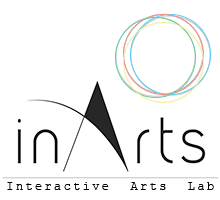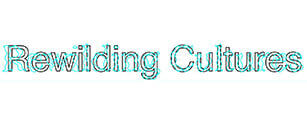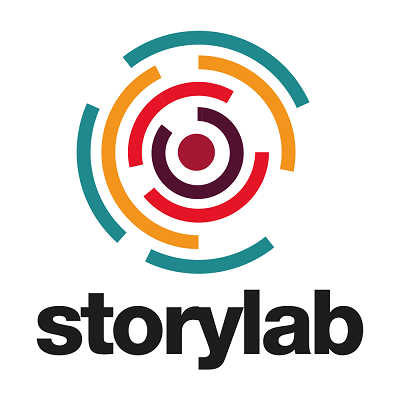On three experiments with volumetric and edible NFTs, in which I was involved in the period between 2021 - 2022, I will discuss the limits of “assetization” and engagement with speculative future and value over blockchain. Assetization is a process of claiming or generating value that enables symbolic “ownership” of the future by creating various economic expectations and promises. I was curious to explore to what extent other aesthetic or social future expectations and experiences could be supported over the NFTs. I wanted to see how NFTs could support the processes of creation, distribution, and consumption that mitigate the negative effects of commodification and market speculation.
One major barrier that defines the limits of the assetization and tokenization of values, impacts, and goals is the simple fact that most interfaces and web applications for interacting with the blockchain infrastructure are user unfriendly. Instead of creating new markets and media ecosystems that generate new sources of income for the creators and incentives to engage, they transform cultural artifacts into speculative investments with detrimental effects.
My first two projects worked with volumetric data that I did not succeed to transform into NFTs. The first goal was to see how this novel medium and visual experience with 360 degrees videos could support a traditional documentary movie. I was tying to use the mesh model data captured in a volumetric studio to support a movie, in which I took part as a volumetric ghost (“A Matter of Life and Math” directed by Petr Sourek). Since the topic of the documentary was a critique of models used in policy making and fetishization of data, I was looking into ways how NFT could unlock my volumetric model to perform what it is trying to say (that models often don’t work as hypotheses but dictate the behavior of the actors). I did not succeed to find a meaningful way to represent the volumetric data into NFT metadata, which was also the issue in the next volumetric project “Philosophical Lecture in the Age of Uncanny Volumetric Data,” in which I explored the speculative values of large collections of data points in machine learning and mesh models. I was looking into how ML but also volumetric scanning generate these large datasets as a modern day atomism that includes the unpredictable “swerves” and deviations - clinamens in meaning, value, and representation.
The speculative values of metadata could not capture the mesh data points, and it was impossible to tokenize the volumetric data or share it via IPFS and distribute it in a meaningful way that would support creative interaction with the NFTs. The "philosophical lecture" in the volumetric studio was a documentation of a rant or rather a tour from Plato's cave to the Cartesian coordinate system over immersive data points in a very bright studio. Paradoxically, the video became the "gold standard" for improving the volumetric system for a while, as the R&D team ignored the actual content and complained about texture, speed, and my striped dress. While I was training to make sense of the experience of becoming a 360-degree mesh of creepy data that can morph into anything, the R&D team was discussing the standard dataset as "a girl in a striped dress talking about stuff" and complaining about its horizontal stripes as "the worst thing you can do to mpeg". The volumetric NFT of the first philosophical performance in a volumetric studio ended up being a still. It was a picture capturing the moment in the short philosophical tour from Plato's cave to the Cartesian coordinate system happening in immersive volumetric data space (3D mash) captured with 64 cameras in a 3D.
In my last attempt to create NFTs that go beyond speculative financial instruments, I used a utility token approach and collaborated on the design of a unique dinner experience over NFTs - "Crypto-Pintxos". We generated NFTs of pintxos via a smart contract that served as an invitation to a dinner where people could eat the pintxos they generated on the Ethereum Polygon blockchain. The experience of designing and organizing the NFT dinner around algorithmically generated pintxos clearly identified the UX issues related to crypto wallets that the group interested in the dinner simply could not master. The experience of Metamask and the entire Web 3.0 ecosystem in its current state is in some ways self-serving, catering to a very small group and a specific tech-savvy demographic defined by their speculative finance rather than aesthetic or other interest.
Back

